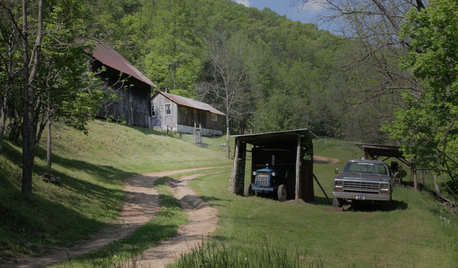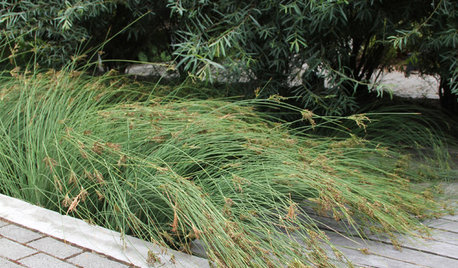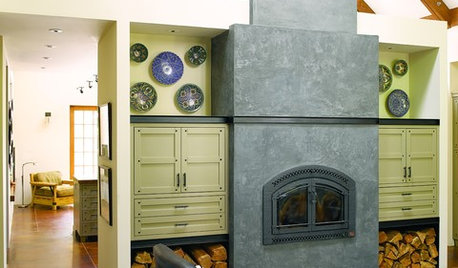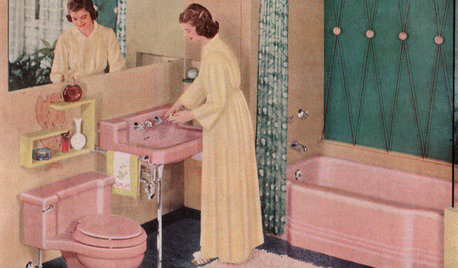muddy vermicompost harvest
Vermiiller
11 years ago
Related Stories

GARDENING GUIDESHouzz TV: Make a Worm Bin for Rich Soil and Happy Plants
A worm-powered compost bin that can fit under a sink turns food scraps into a powerful amendment for your garden. Here’s how to make one
Full Story
FARM YOUR YARDHow to Build a Raised Bed for Your Veggies and Plants
Whether you’re farming your parking strip or beautifying your backyard, a planting box you make yourself can come in mighty handy
Full Story
TASTEMAKERSNew Series to Give a Glimpse of Life ‘Unplugged’
See what happens when city dwellers relocate to off-the-grid homes in a new show premiering July 29. Tell us: Could you pack up urban life?
Full Story
GARDENING GUIDESGet on a Composting Kick (Hello, Free Fertilizer!)
Quit shelling out for pricey substitutes that aren’t even as good. Here’s how to give your soil the best while lightening your trash load
Full Story
FARM YOUR YARDHow to Grow Vegetables in Containers
Get glorious vegetables and fruits on your patio with a pro’s guidance — including his personal recipe for potting mix
Full Story
GARDENING GUIDESProtect a Precious Resource With a Rain Garden
Promote pure water and a beautiful landscape with a garden design that makes the most of the rain
Full Story
COLORBest Ways to Use the Soft Yellow Color of 2014
You may fall for PPG Pittsburgh Paints’ Turning Oakleaf if you like your hues warm, mellow and cheery
Full Story
HOUSEKEEPINGTo-Dos: Your September Home Checklist
Boost the comforts of home for fall with a few of these ideas for stocking up and staying cozy
Full Story
MOST POPULARHomeowners Give the Pink Sink Some Love
When it comes to pastel sinks in a vintage bath, some people love ’em and leave ’em. Would you?
Full Story
THE HARDWORKING HOMEWhere to Put the Laundry Room
The Hardworking Home: We weigh the pros and cons of washing your clothes in the basement, kitchen, bathroom and more
Full StoryMore Discussions






Raw_Nature
sbslider
Related Professionals
West Milford Landscape Architects & Landscape Designers · Westwood Landscape Contractors · Andover Landscape Contractors · Ashburn Landscape Contractors · Cockeysville Landscape Contractors · Midland Landscape Contractors · Norwalk Landscape Contractors · Paramus Landscape Contractors · Bellingham General Contractors · Elyria General Contractors · Florida City General Contractors · New Carrollton General Contractors · Pocatello General Contractors · Rowland Heights General Contractors · South Windsor General Contractorschuckiebtoo
11otis
equinoxequinox
equinoxequinox
11otis
equinoxequinox
chuckiebtoo
thedogsLL
11otis
thedogsLL
VermiillerOriginal Author
mendopete
VermiillerOriginal Author
mendopete
hummersteve
11otis
Dian Farmer
otcay
11otis
Dian Farmer